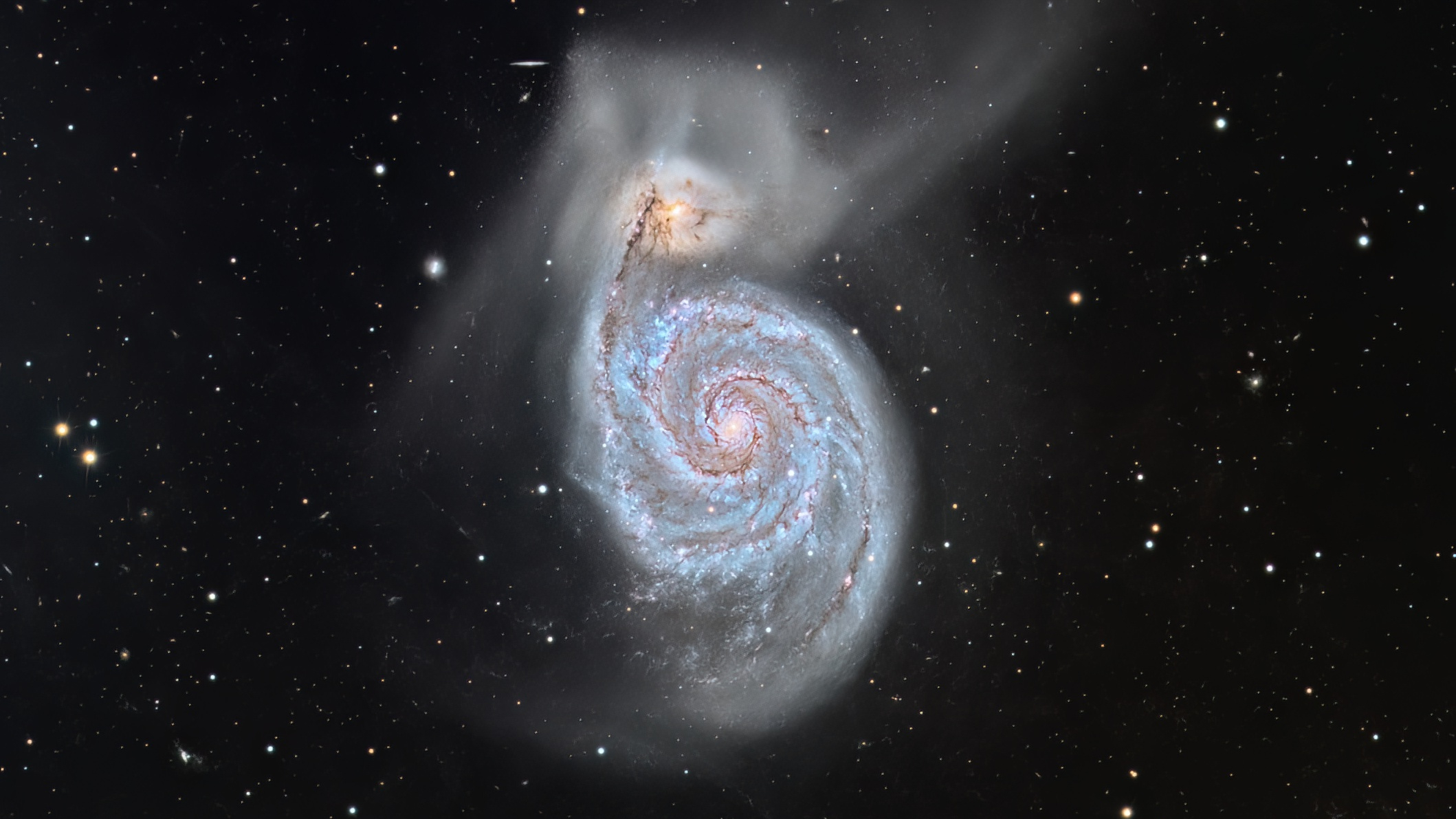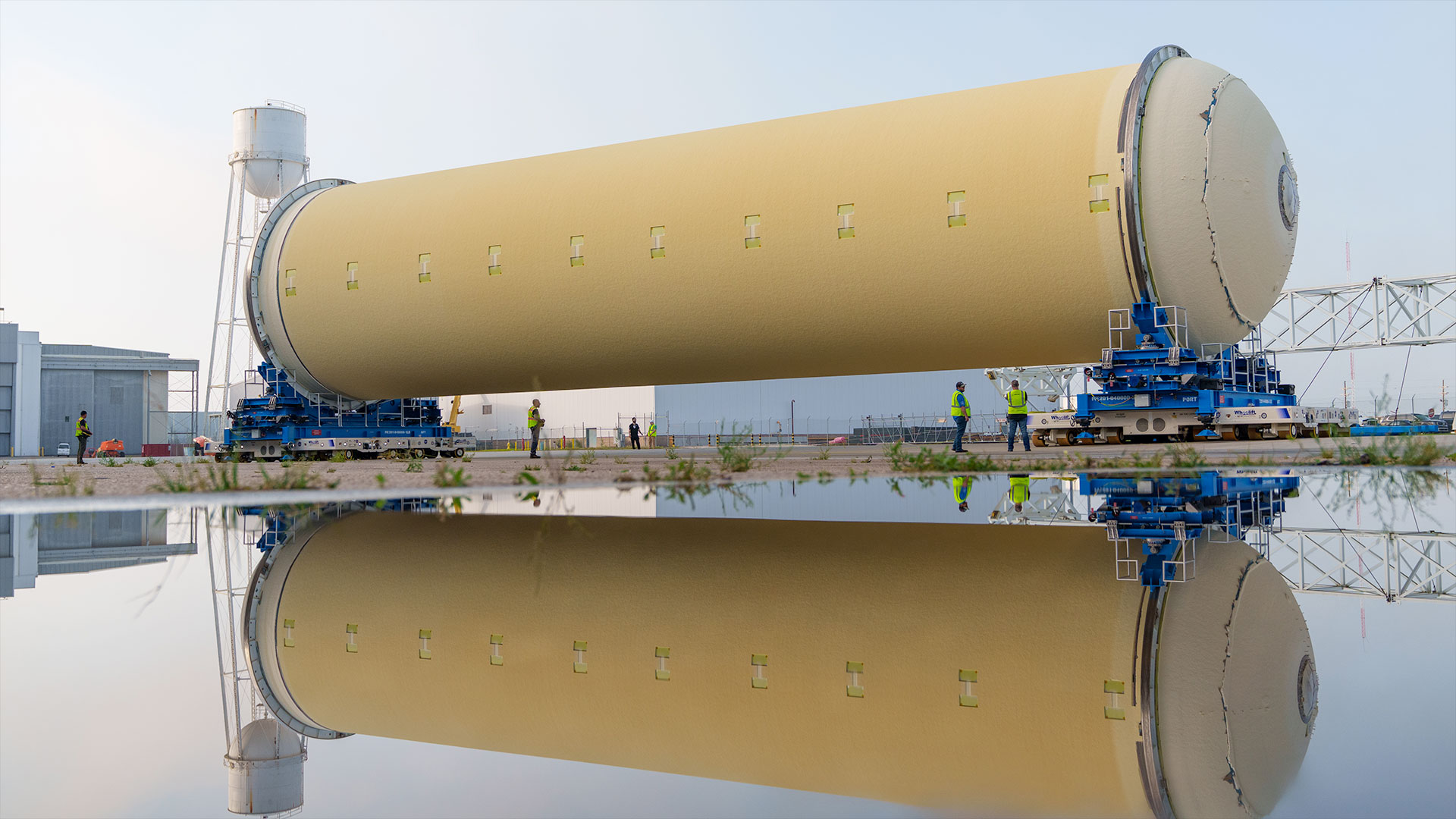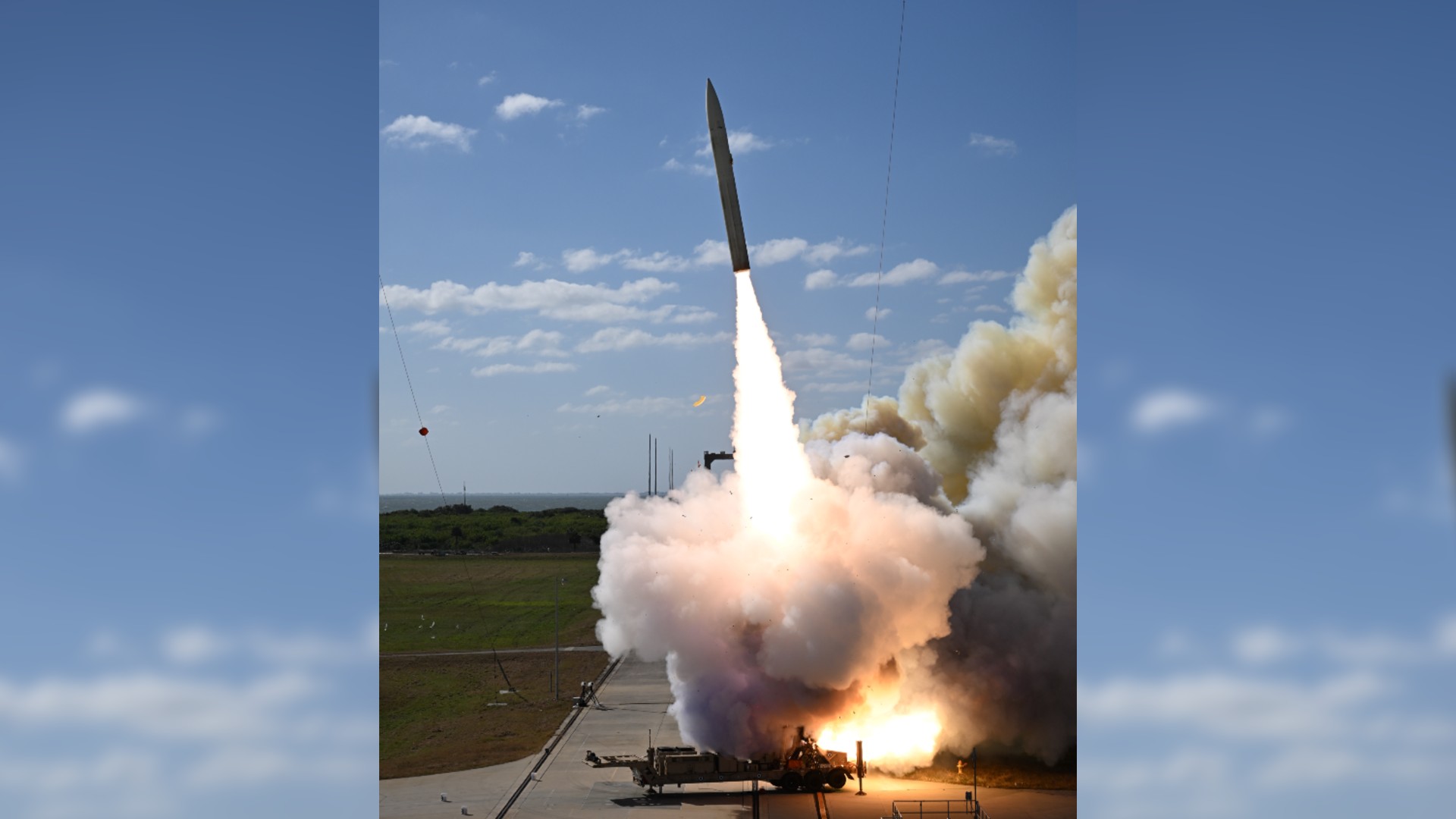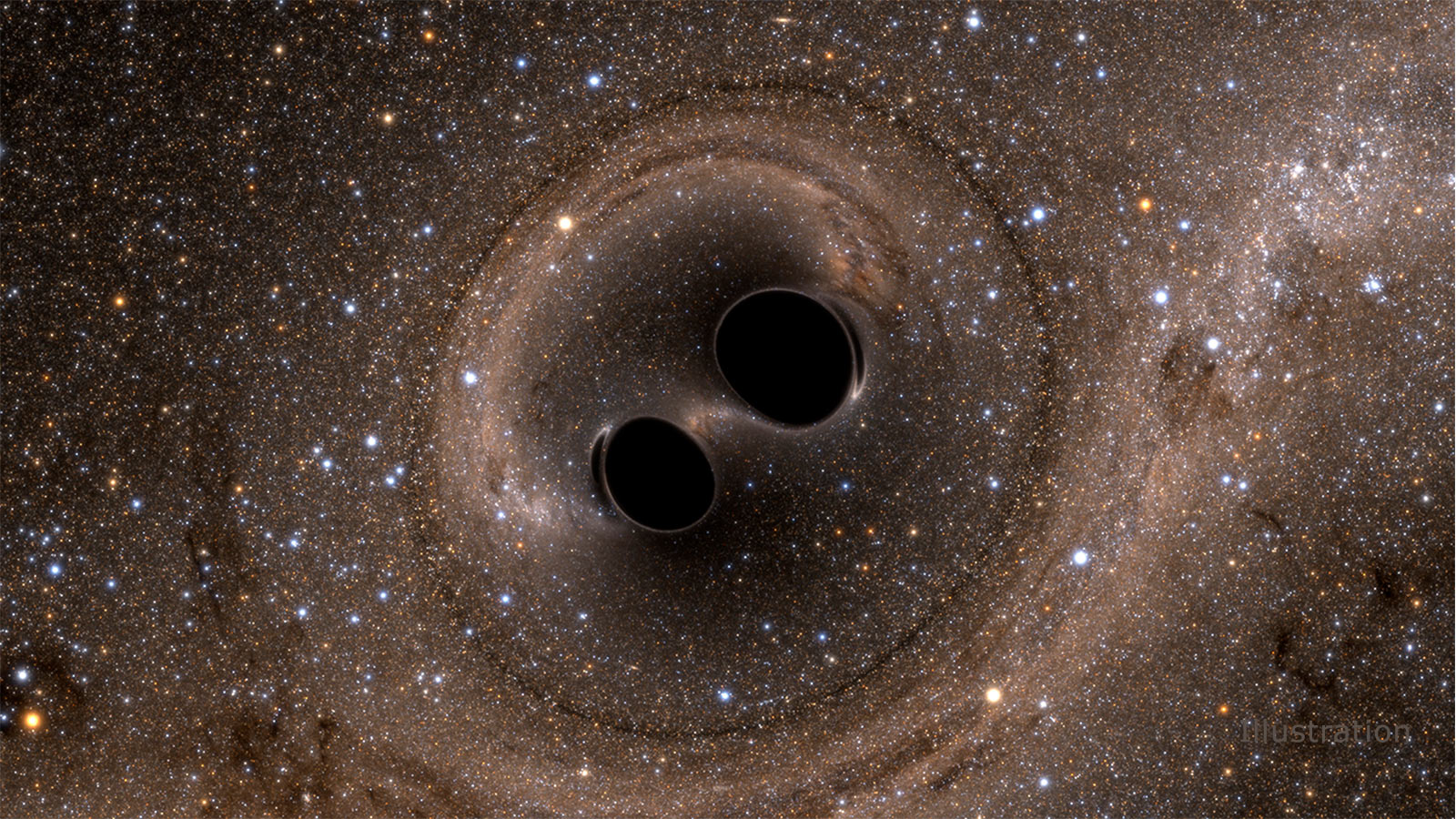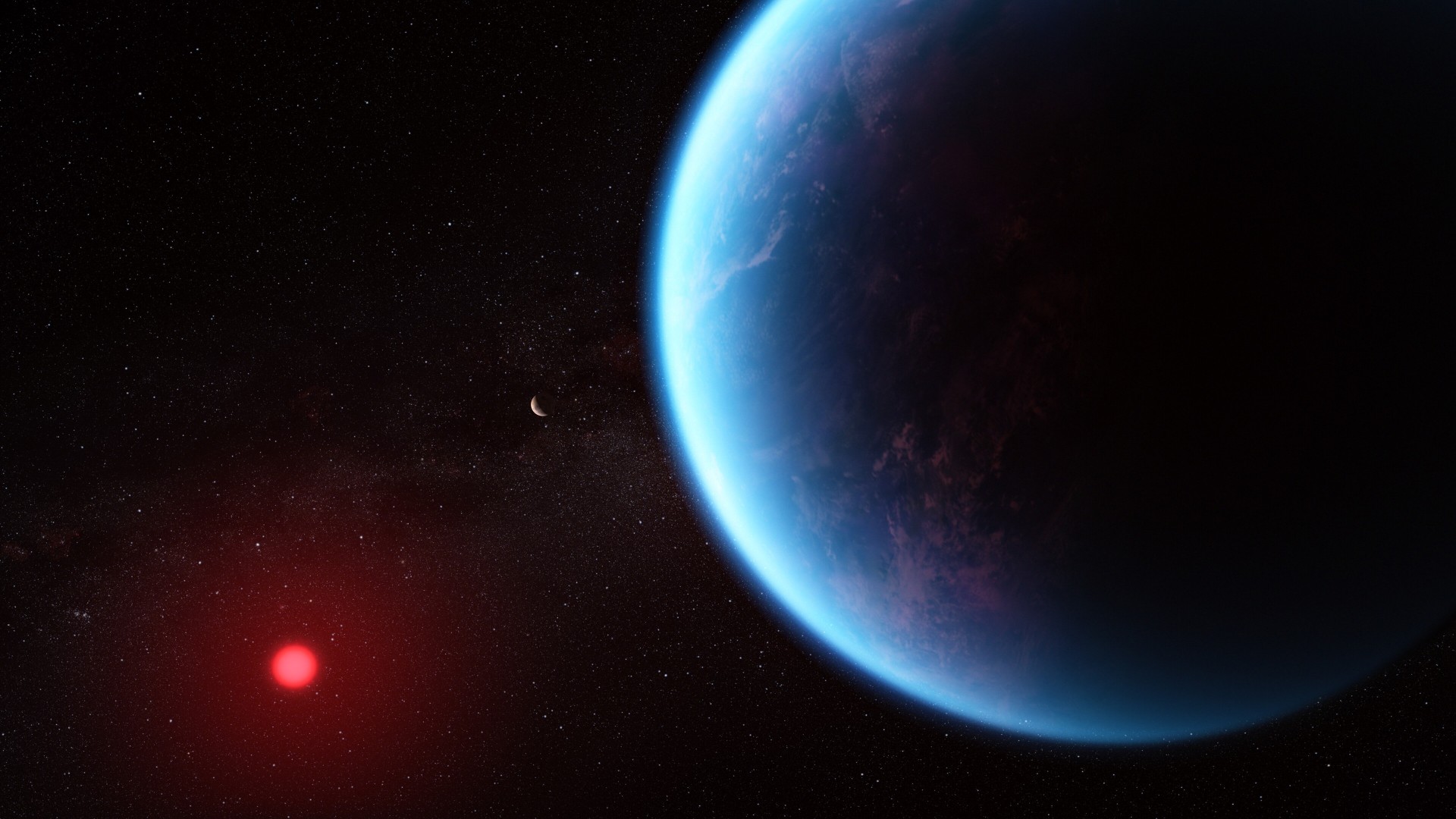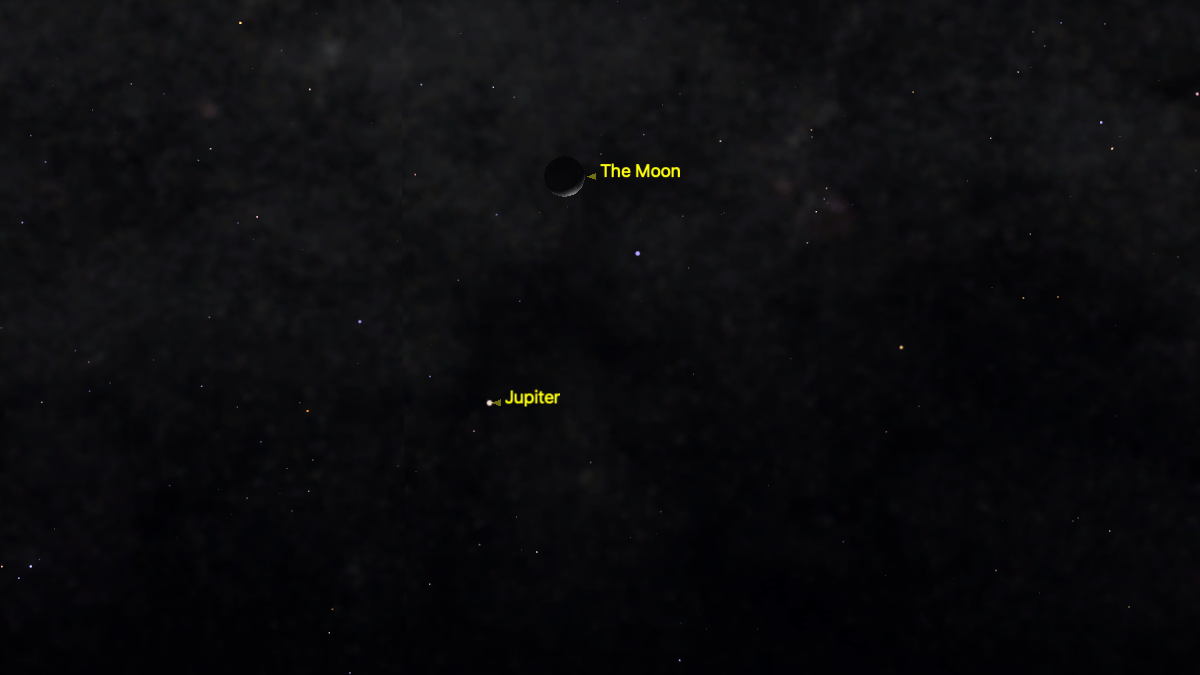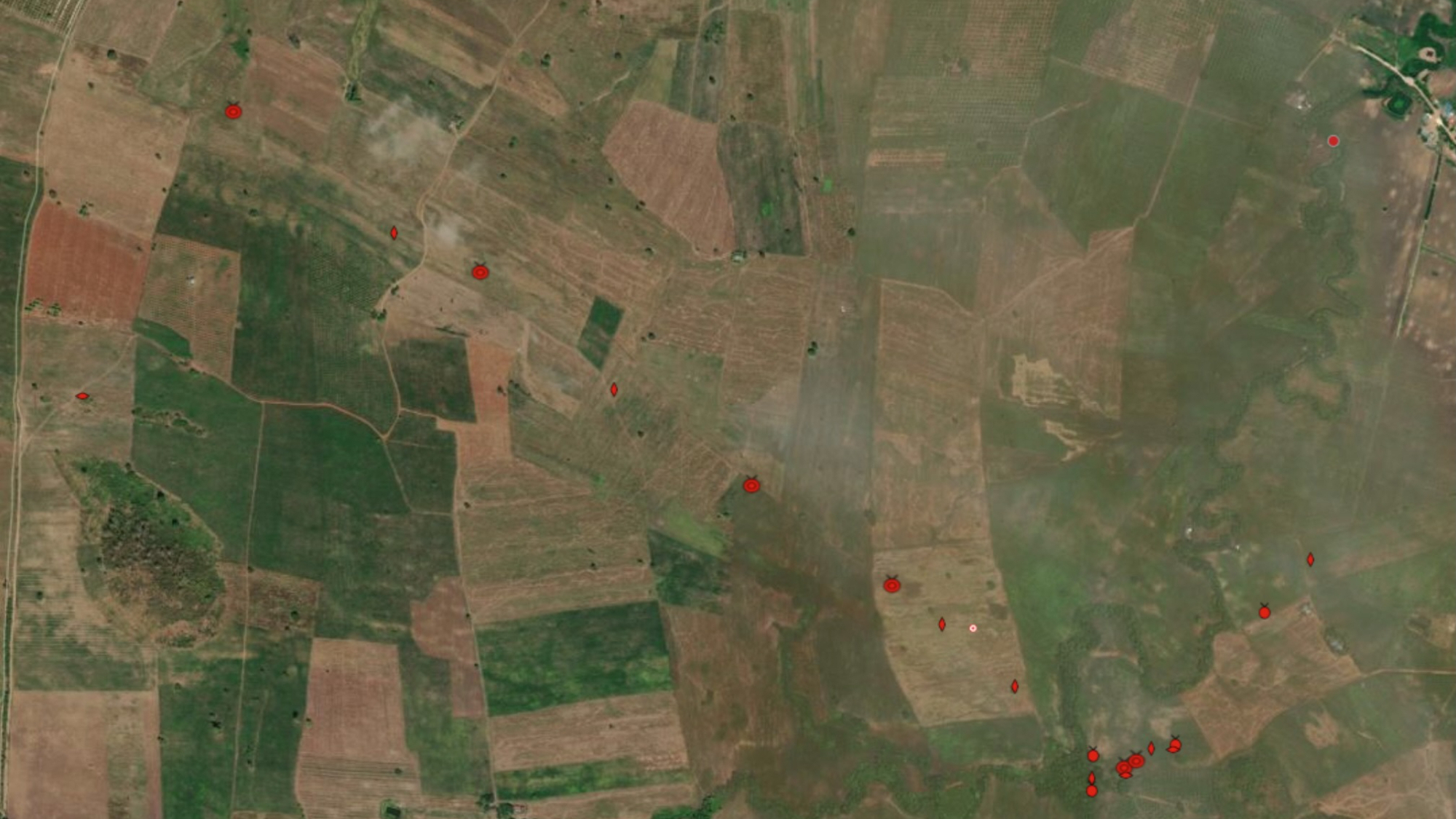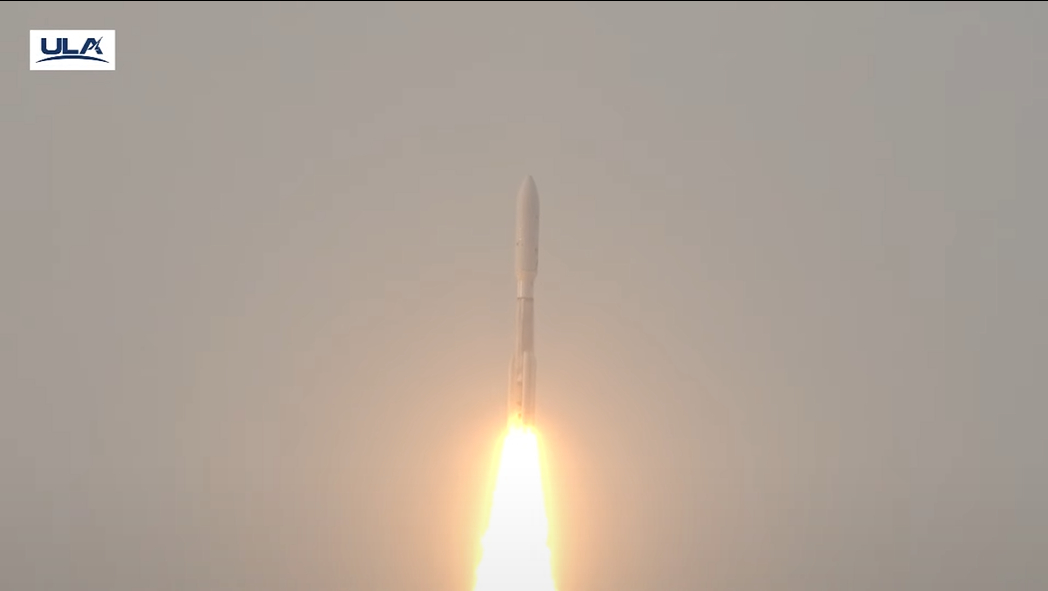SpaceX sent another batch of Starlink satellites to orbit tonight (April 28), its second liftoff of the day.
A Falcon 9 rocket carrying 23 Starlink broadband satellites — including 13 with direct-to-cell capability — lifted off from NASA's Kennedy Space Center in Florida tonight at 10:34 p.m. EDT (0234 GMT on April 29).
It was the second Starlink group to fly today; a Falcon 9 lofted 27 of the internet craft from California's Vandenberg Space Force Base earlier today.
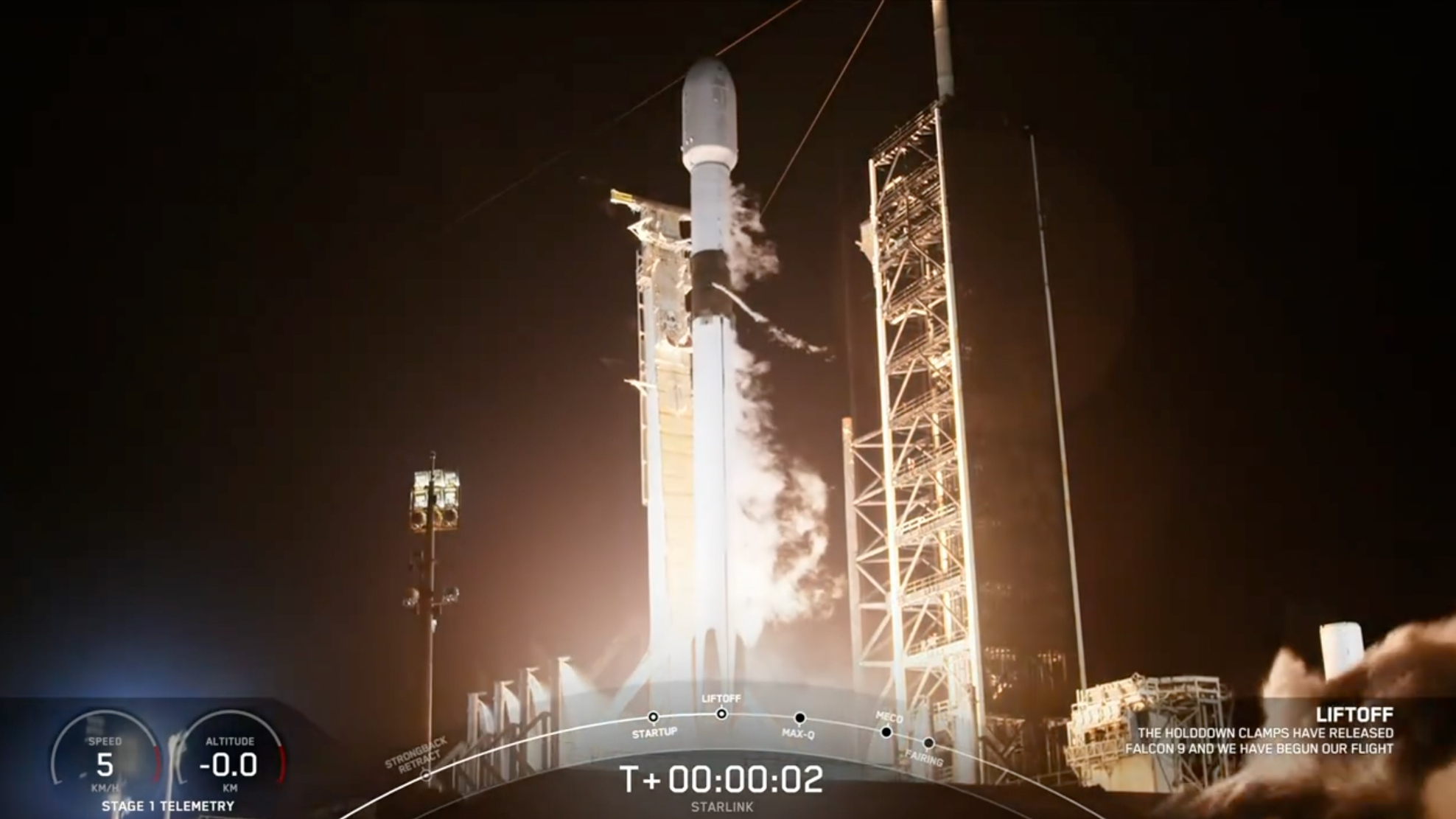
Tonight's launch marked the first-ever liftoff for this particular Falcon 9's first stage. That's a rarity for SpaceX, which is known for its rocket reuse; one of the company's Falcon 9 boosters has 27 flights under its belt.
The Falcon 9 should fly again; it aced its landing tonight, coming down on the SpaceX drone ship "A Shortfall of Gravitas droneship" in the Atlantic Ocean about eight minutes after liftoff.
The rocket's upper stage continued carrying the 23 Starlink satellites to low Earth orbit (LEO), where they're scheduled to be deployed 65 minutes after launch.
Related: Starlink satellite train: how to see and track it in the night sky
Get the Space.com Newsletter
Breaking space news, the latest updates on rocket launches, skywatching events and more!
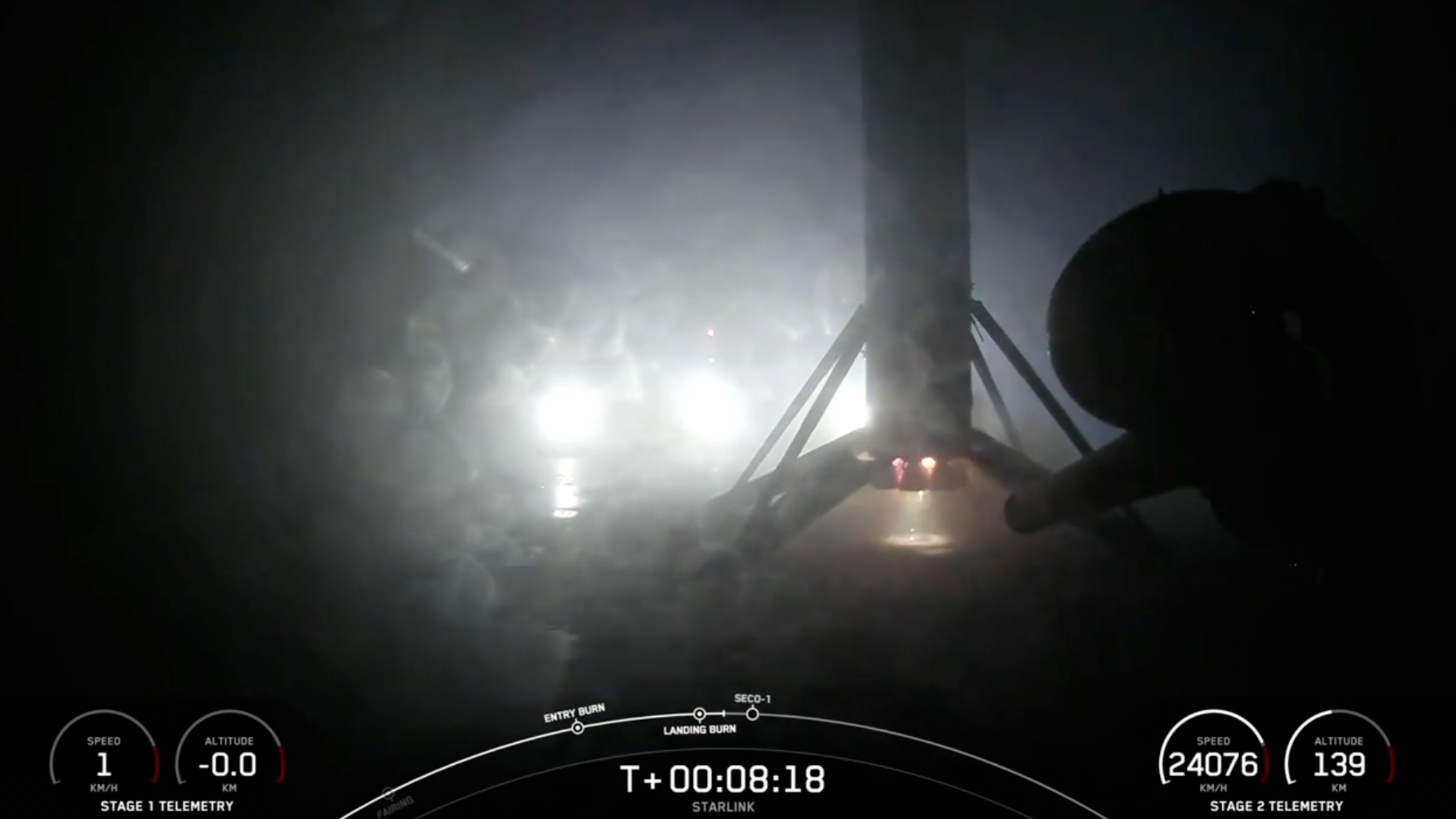
Tonight's launch was the 50th Falcon 9 liftoff of the year already. Thirty-three of those missions have been devoted to building out the Starlink network, the largest satellite constellation ever assembled.
The megaconstellation currently harbors more than 7,200 operational spacecraft, according to astrophysicist and satellite tracker Jonathan McDowell, and it's growing all the time.
Editor's note: This story has been corrected to state that SpaceX's first Starlink launch of the day occurred from California's Vandenberg Space Force Base. The original version incorrectly said it launched from Cape Canaveral Space Force Station in Florida.
Join our Space Forums to keep talking space on the latest missions, night sky and more! And if you have a news tip, correction or comment, let us know at: community@space.com.

Michael Wall is a Senior Space Writer with Space.com and joined the team in 2010. He primarily covers exoplanets, spaceflight and military space, but has been known to dabble in the space art beat. His book about the search for alien life, "Out There," was published on Nov. 13, 2018. Before becoming a science writer, Michael worked as a herpetologist and wildlife biologist. He has a Ph.D. in evolutionary biology from the University of Sydney, Australia, a bachelor's degree from the University of Arizona, and a graduate certificate in science writing from the University of California, Santa Cruz. To find out what his latest project is, you can follow Michael on Twitter.
You must confirm your public display name before commenting
Please logout and then login again, you will then be prompted to enter your display name.
